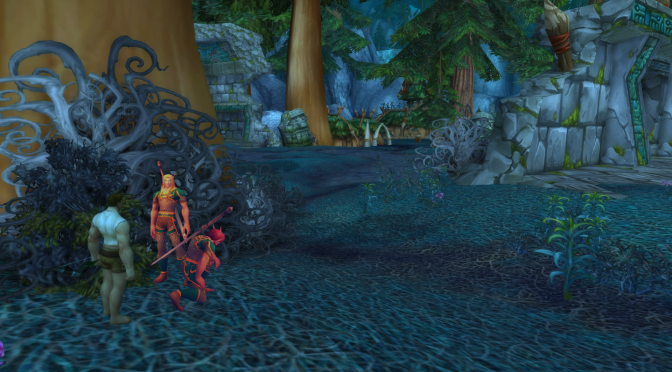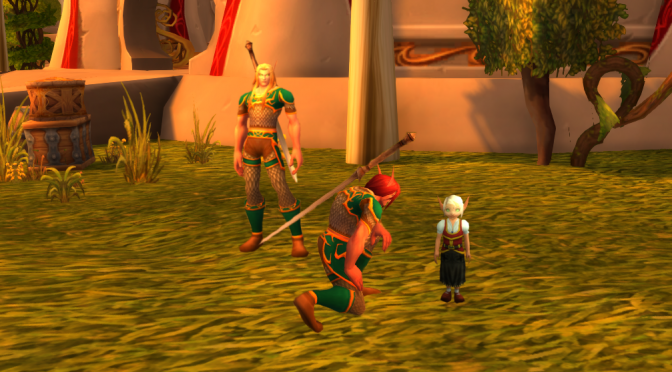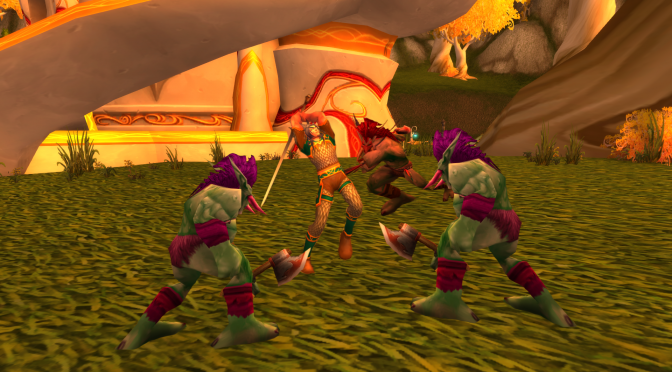Hero Overview is a series that introduces readers to the Heroes of the Storm. This time, we’re going to be talking about Diablo, a Melee Warrior from the Diablo Universe.
Role: Melee Warrior
Universe: Diablo
Bio:
Diablo, the Lord of Terror is the youngest of the three Prime Evils (ancient forces of chaos that seek to conquer the entire universe and subject it to their vile rule). Along with his brothers, Mephisto (the Lord of Hatred) and Baal (the Lord of Destruction), Diablo commanded the demons of the Burning Hells in their war against the High Heavens.
For the most part, the three Prime Evils acted individually, as they didn’t trust each other enough to truly unite. During the Fifth Battle of the Diamond Gates, however, Diablo combined his forces with those of Mephisto and Baal, and the High Heavens nearly fell—but then, in a move that everyone should have seen coming, Diablo turned on the others in the hopes of becoming the sole ruler of both the Heavens and Hells. This bold stratagem backfired, and the demons were driven back in disgrace.
Many years later, Diablo battled the forces of the High Heavens on the world of Pandemonium. During this fight, the Lord of Terror went face to face with Imperious, the Archangel of Valor, in a terrible duel. The two were evenly matched, and their fight could have gone on forever, if it weren’t for the interference of the rest of the Angiris Council (the Archangels who governed the High H
eavens). Together, they imprisoned and slew Diablo—but in his dying moments, the Prime Evil sowed the first seeds of dissent that would eventually tear the Angiris Council apart.
This was not the end for the Lord of Terror, however, for the Prime Evils can never truly die. They can only be temporarily defeated, and so, centuries after the battle on Pandemonium, Diablo returned just in time to witness the birth of Sanctuary. Recognizing the power that would belong to whoever controlled the new world, Diablo allied with his brothers once more in a bid to bend the people of Sanctuary to his will.
Founding the Triune—a seemingly benevolent religious organization—Diablo attempted to bring humanity to his side. At every turn, however, the demon was thwarted by the Cathedral of Light, a competing religion founded by the rogue angel Inarius (who’d used the Worldstone to create Sanctuary). The Triune and Cathedral battled for many years, until eventually, a nephalem named Uldyssian defeated both organizations and secured Sanctuary for the humans.
For centuries, Sanctuary remained safe, untouched by either the angels or demons—but then, Diablo, Mephisto and Baal managed to break through the magical barrier surrounding the world and began to wreak havoc once more. Alarmed by these events, Tyrael, Archangel of Justice
formed the Horadrim (an army of human mages) and pursued the three Prime Evils.
For ten years, the Horadrim chased Diablo and his brothers, but eventually, they managed to catch the powerful demons and imprison them inside the soulstones. Deciding that these relics were too dangerous to keep, the mages hid the soulstones in a cave far beneath the ground and built a small monastery above it.
Two hundred years later, the monastery had been converted into a massive cathedral, and the large town of Tristram had sprung up around the ancient structure. Sensing his chance at freedom, Diablo reached out and began corrupting the people of Tristram. Getting a member of the royal court to shatter his soulstone—and thus free the Lord of Terror’s soul—Diablo proceeded to reach out and destroy the mind of the city’s king, Leoric.
Despite possessing all this power, however, Diablo still needed a host before he could regain his body. As a result, he kidnapped Albrecht—one of Leoric’s sons—and used the young man’s body to regain his physical form. With his power thus secured, the Lord of Terror prepared to launch his assault on the people of Sanctuary; but then, the unexpected happened, as a trio of heroes descended into the catacombs beneath the cathedral and slew Diablo in an epic battle.
This was only a temporary measure, however, because with the shattering of the soulstone, Diablo could no longer be contained. In an attempt to contain this evil, one of the heroes absorbed the Prime Evil’s soul—only to be driven insane by the Lord of Terror’s whispers. Compelled to follow Diablo’s will, the fallen hero set out and freed the Prime Evil Baal from his prison.
Together, the two demons traveled to the location of Mephisto’s soulstone, where they found that the eldest Prime Evil had already succeeded in freeing himself. Reunited, the Prime Evils prepared to conquer Sanctuary once and for all—but then, a group of heroes showed up and slew Diablo once again.
Over the next twenty years, the Lord of Terror slowly enacted a new plan to gain ultimate power. With the help of Adria—a woman he’d met during his wanderings in Sanctuary—Diablo slew the six Evils (powerful demons who embodied different aspects of evil) and absorbed their power, becoming more dangerous than ever before.
His metamorphosis complete, Diablo emerged as the one Prime Evil and assaulted the High Heavens themselves. Defeating Imperius in a quick battle, the powerful demon shattered the gates of Heaven and attacked the Silver City that lay behind.
Diablo was on the verge of triumph—but then, his plans were once again thwarted by a group of human heroes who pursued him into the High Heavens and did battle with the Prime Evil. Diablo fought back with all his newfound might, but even this was not enough, and he was defeated one more and imprisoned in a newly-forged soulstone.
This appeared to be the demon’s end, but then, Malthael, the Archangel of Death interfered. Stealing Diablo’s soulstone, Malthael attempted to destroy all the people of Sanctuary. In the end, however, he was defeated, and in the process, Diablo was freed once more. Now, the Lord of Terror has arrived in the Nexus, which he plans to bend to his terrible will.
Abilities:
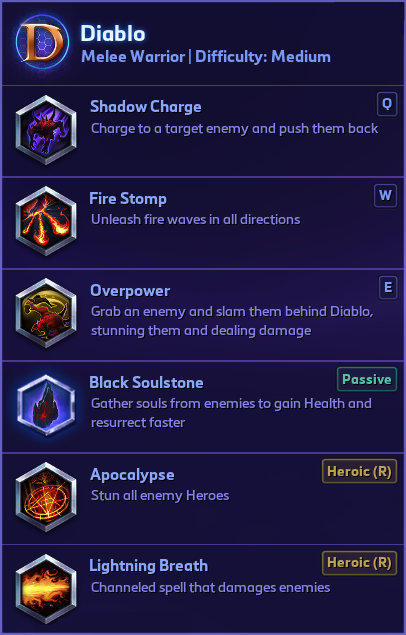
Diablo is a front-line tank who combines survivability with high levels of crowd control. He gets this survivability from his trait, Black Soulstone, which means that every time Diablo kills a minion, he gets 1 souls, and every time he kills a hero, he gets 10. Diablo can store up to 100 of these souls in the Black Soulstone, and for every soul he has, he gains 0.4% maximum health. At 100 souls, this adds up to a 40% health increase, which is a pretty huge deal. In addition, if Diablo dies with 100 souls, he will respawn after only five seconds—but he does lose all his souls in the process.
As for the crowd control section of his kit, Diablo has Shadow Charge, his first basic ability. Charging a targeted enemy, Diablo knocks them back a moderate distance, deals a light amount of damage and gains 25 Armor for a couple seconds. In addition, if Diablo manages to knock the targeted enemy into a wall, they get stunned for a second and take a heavy amount of damage in addition to the initial damage. This ability is great at both engaging with the enemy team and for picking off isolated enemies.
Diablo’s second basic ability, Fire Stomp, sends out eight waves of flame that deal light damage to everything they hit. Once they reach maximum range, the waves return, dealing moderate damage to everything they pass through. Fire Stomp is great at clearing waves of minions, as it has a relatively short cooldown and it deals a bit of damage, but it’s only okay in team fights, as it’s difficult to consistently land the fire waves on mobile enemy heroes.
Overpower, Diablo’s third and final basic ability, grabs a targeted enemy and smashes them into the ground behind Diablo. They take a light amount of damage, and are stunned for 0.25 seconds. This ability is great for pulling enemy heroes out of position, and because of Diablo’s massive hitbox, he can prevent the targeted hero from escaping his clutches long enough to secure the kill.
Diablo’s first heroic ability is Apocalypse, which creates a large demonic rune under every enemy hero. After 1.75 seconds, the rune explodes, dealing a large amount of damage to any enemies standing on the rune and stunning them for 1.75 seconds. This ability is great for team fights in tight, constricted areas such as the tribute spawns on Cursed Hollow, as the narrow paths make escaping the runes difficult.
Finally, Diablo has his second heroic ability, Lightning Breath, which deals a massive amount of damage over four seconds to all heroes in a large line in front of him that can be directed by moving the mouse cursor. This ability is great at forcing enemies off an objective, and the best part about it is that Diablo is unstoppable during its cast, so it can be used to dodge powerful stuns such as ETC’s Mosh Pit.

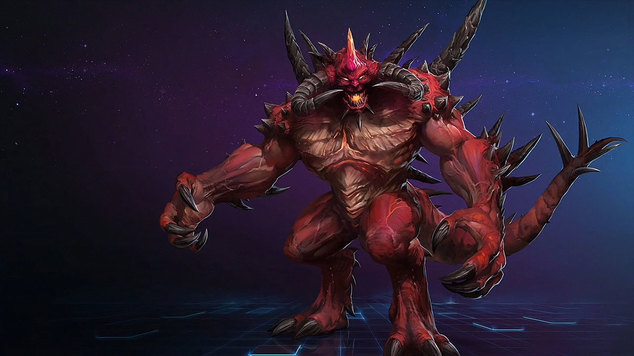
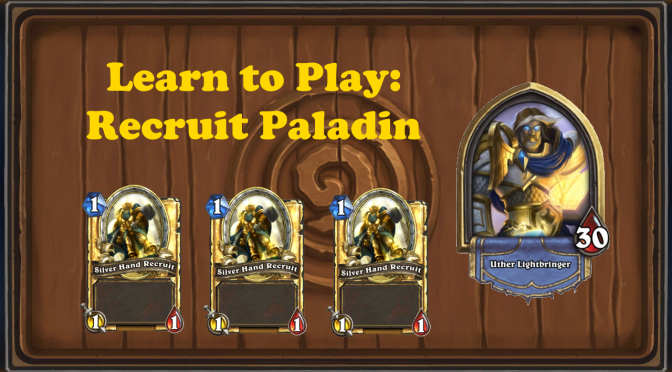

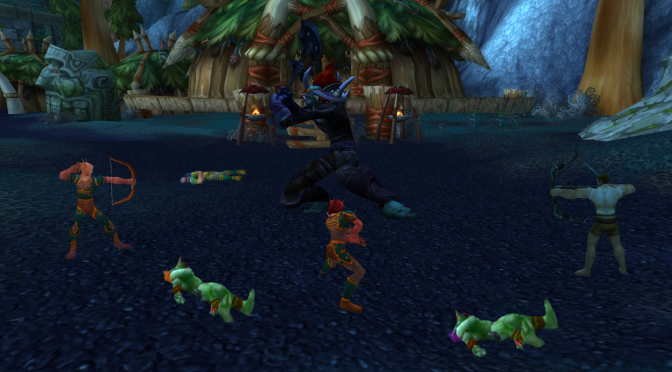
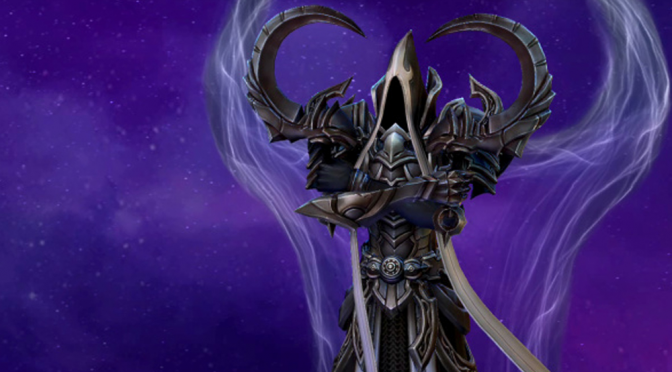
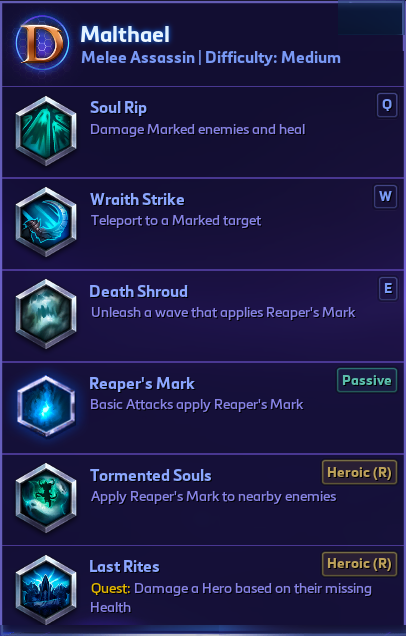 A debuff applied by the hero’s basic attacks on non-structure targets, Reaper’s Mark deals 2.5% of the target’s health every second for four seconds and reveals the target for that time. Much of Malthael’s kit revolves around applying Reaper’s Mark to enemies, so keeping the trait active for as much time as possible is incredibly important.
A debuff applied by the hero’s basic attacks on non-structure targets, Reaper’s Mark deals 2.5% of the target’s health every second for four seconds and reveals the target for that time. Much of Malthael’s kit revolves around applying Reaper’s Mark to enemies, so keeping the trait active for as much time as possible is incredibly important.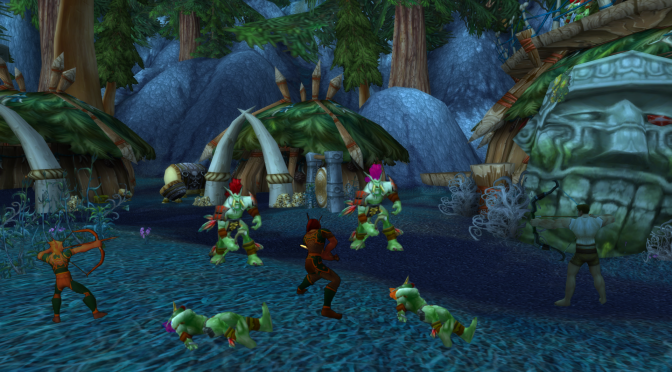
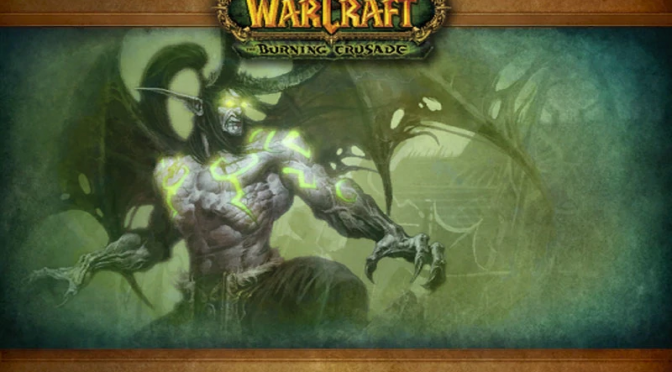
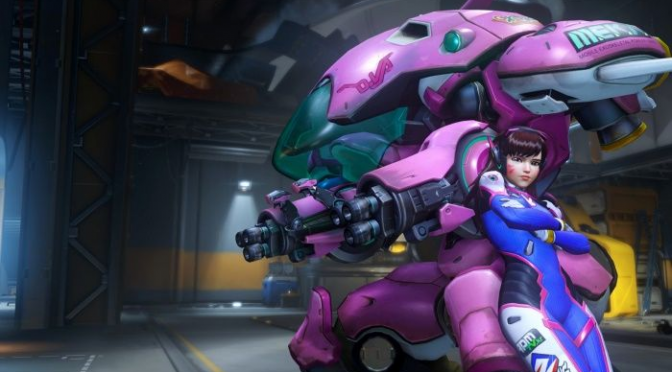
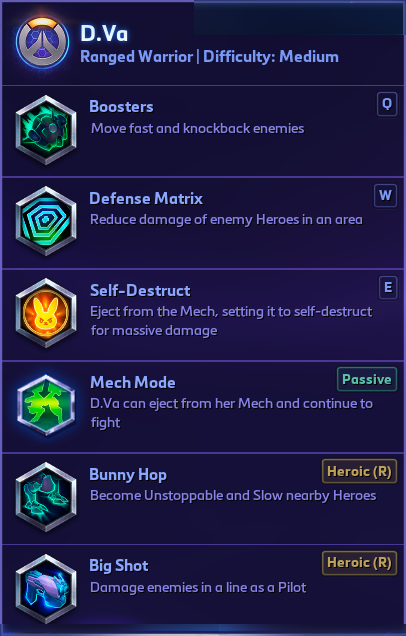 and Pilot Mode. At the beginning of a match, D.Va will be in Mech Mode, which grants her the ability to move while auto-attacking and makes her auto-attacks affect enemies in an area. When she is ‘killed’ in Mech Mode, D.Va leaps from her mech and transitions to Pilot Mode.
and Pilot Mode. At the beginning of a match, D.Va will be in Mech Mode, which grants her the ability to move while auto-attacking and makes her auto-attacks affect enemies in an area. When she is ‘killed’ in Mech Mode, D.Va leaps from her mech and transitions to Pilot Mode.